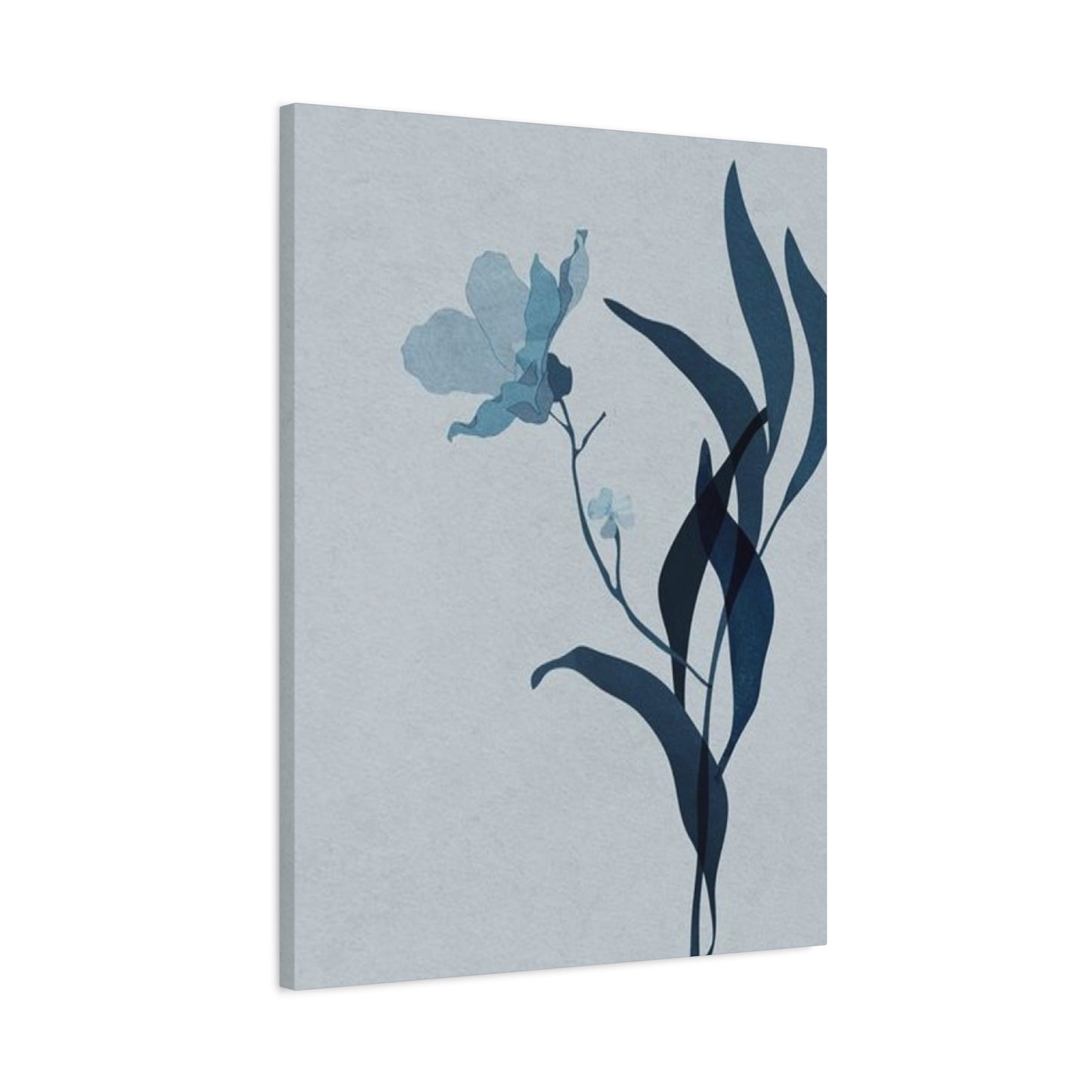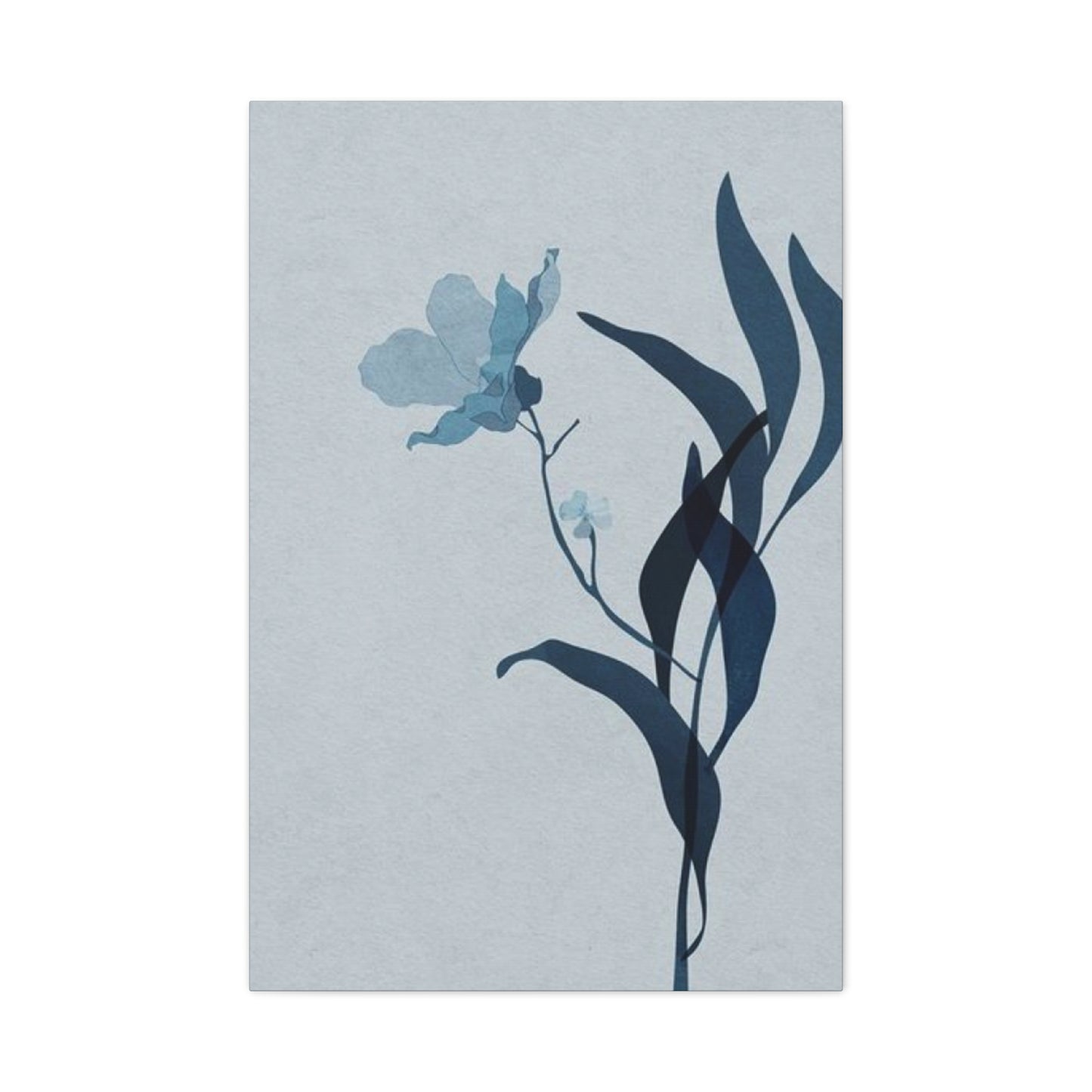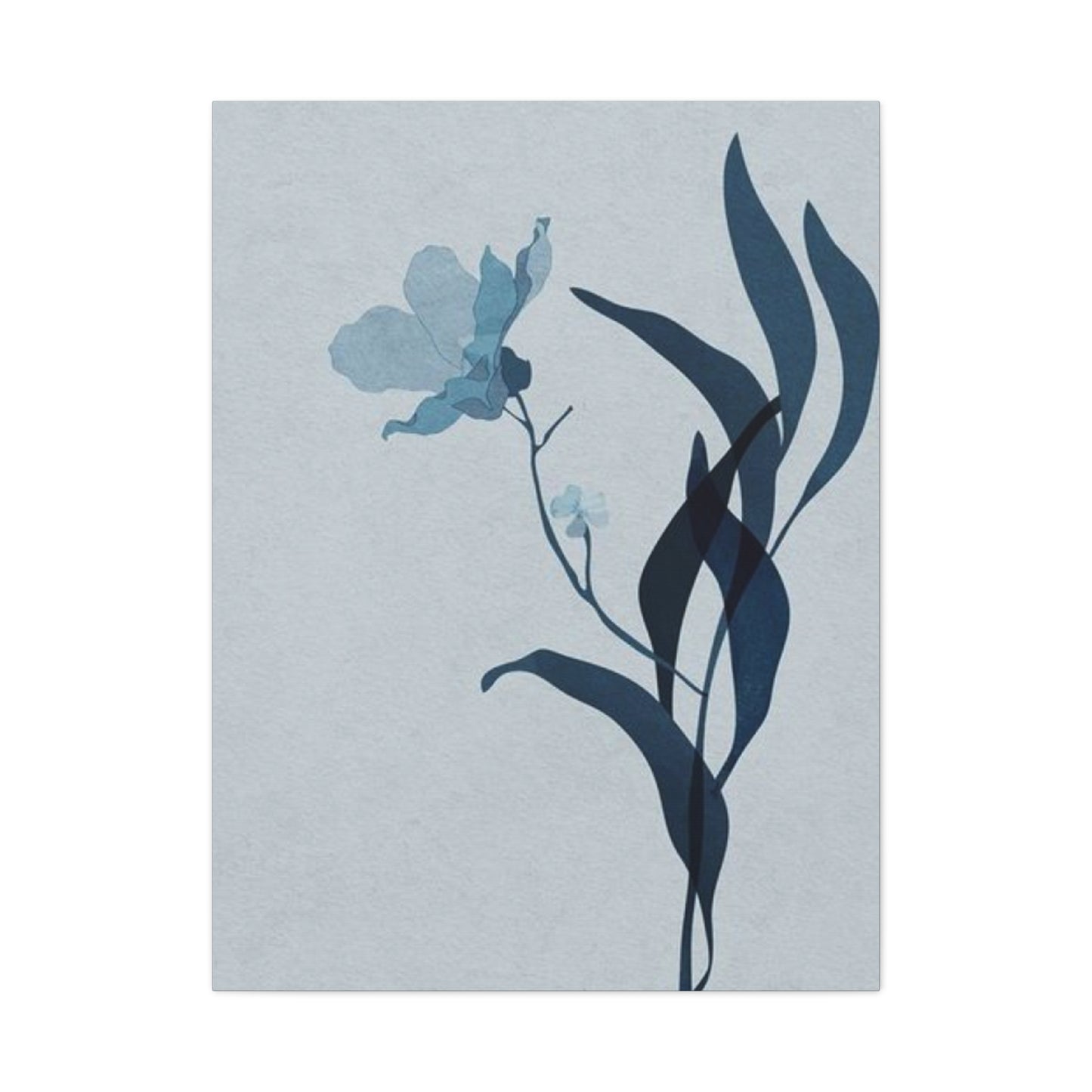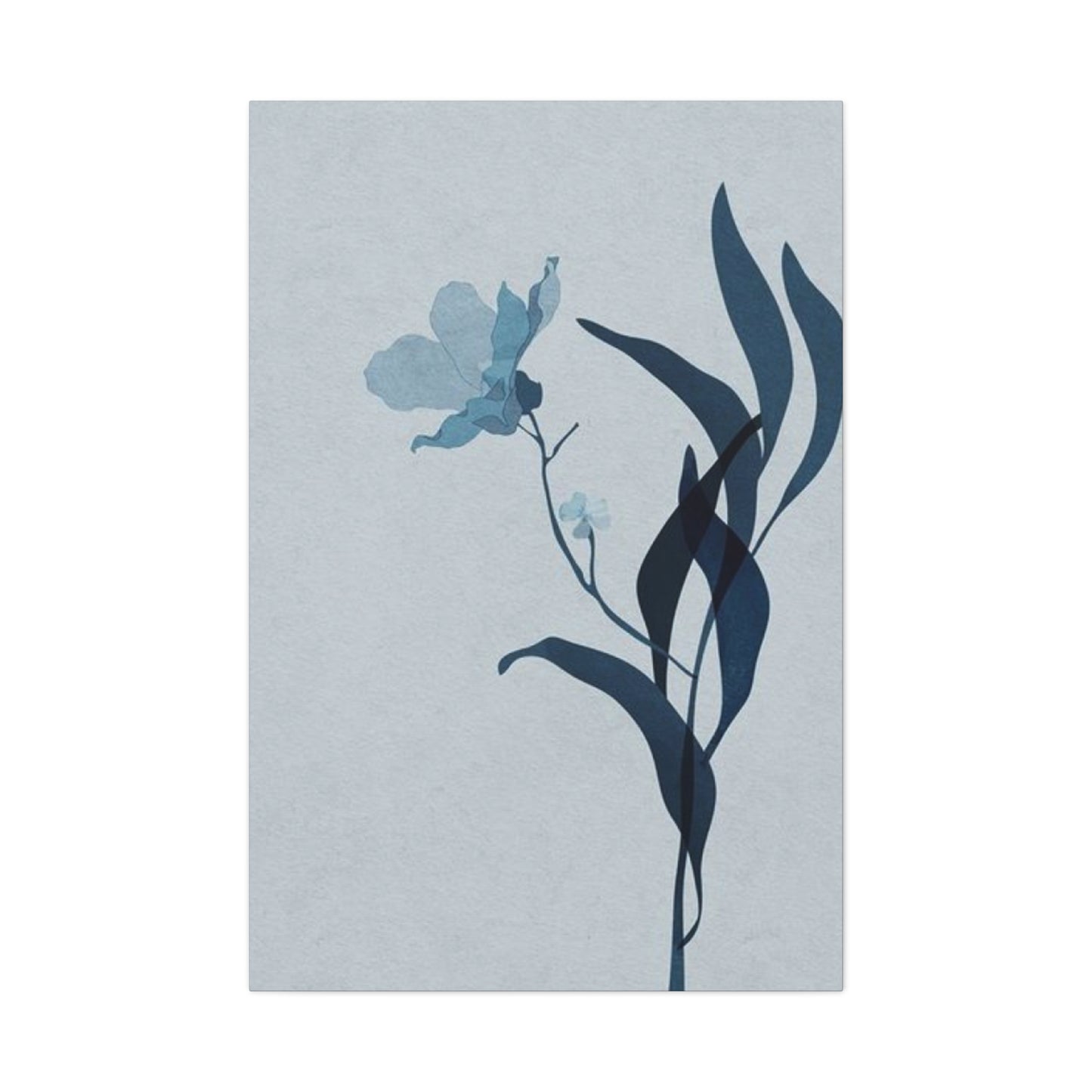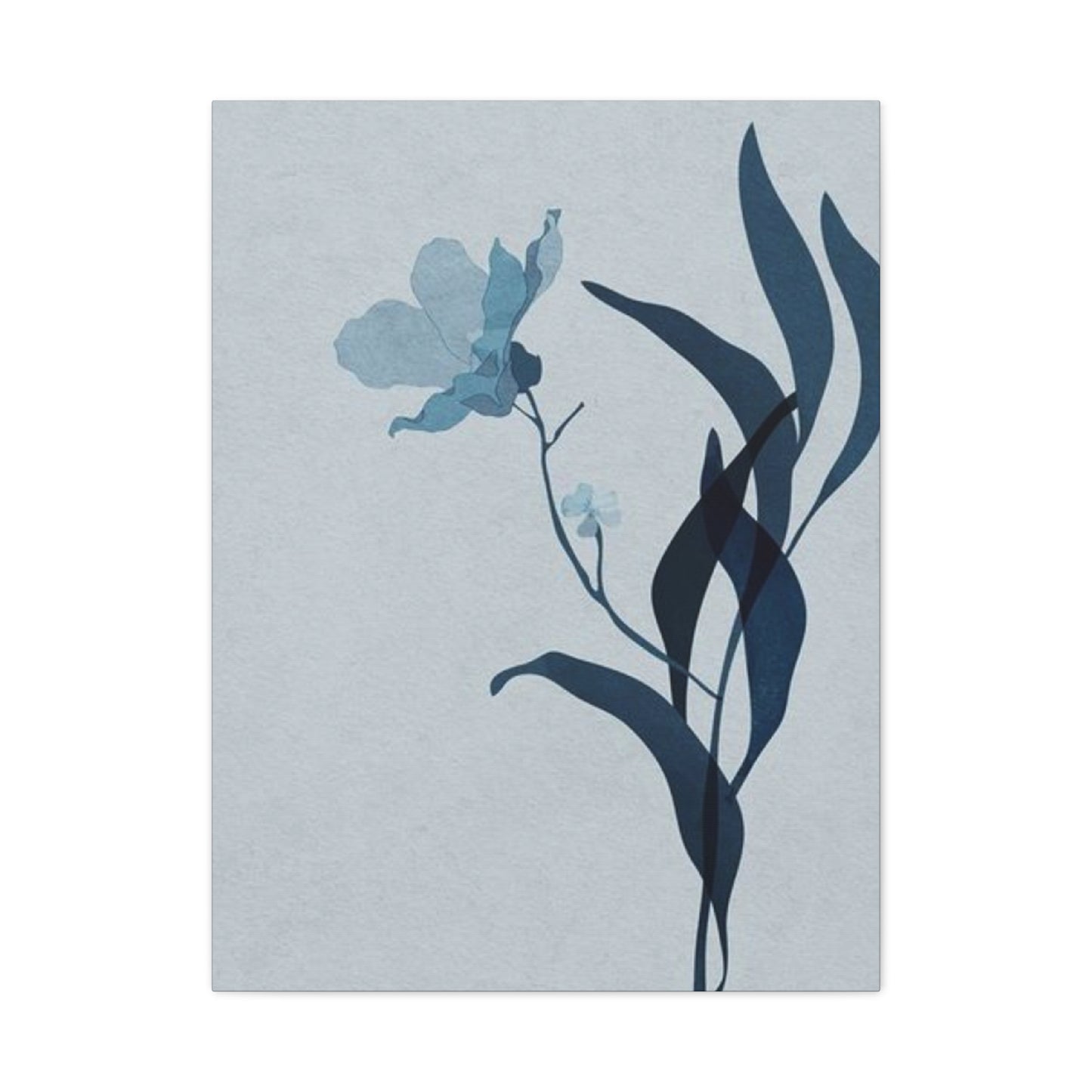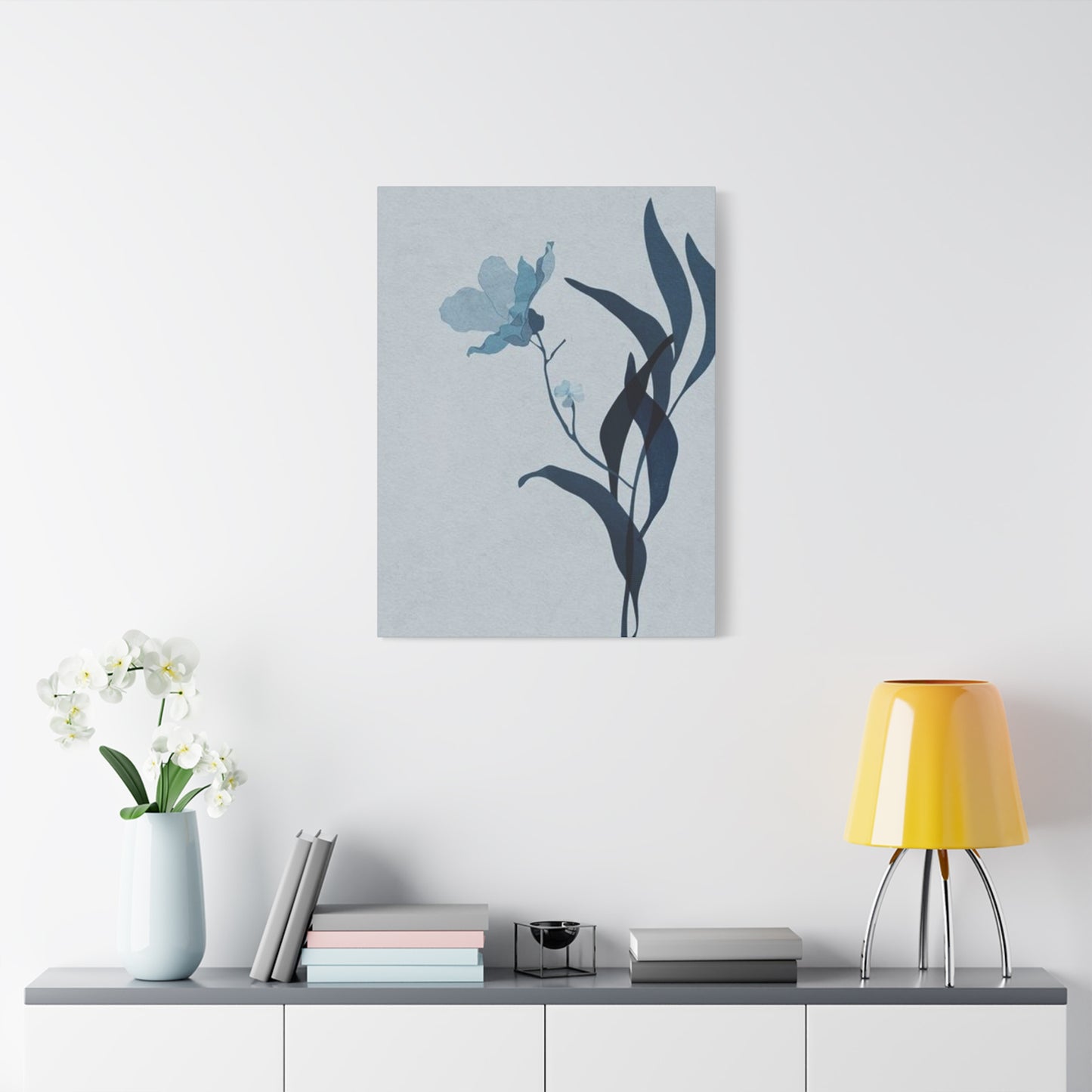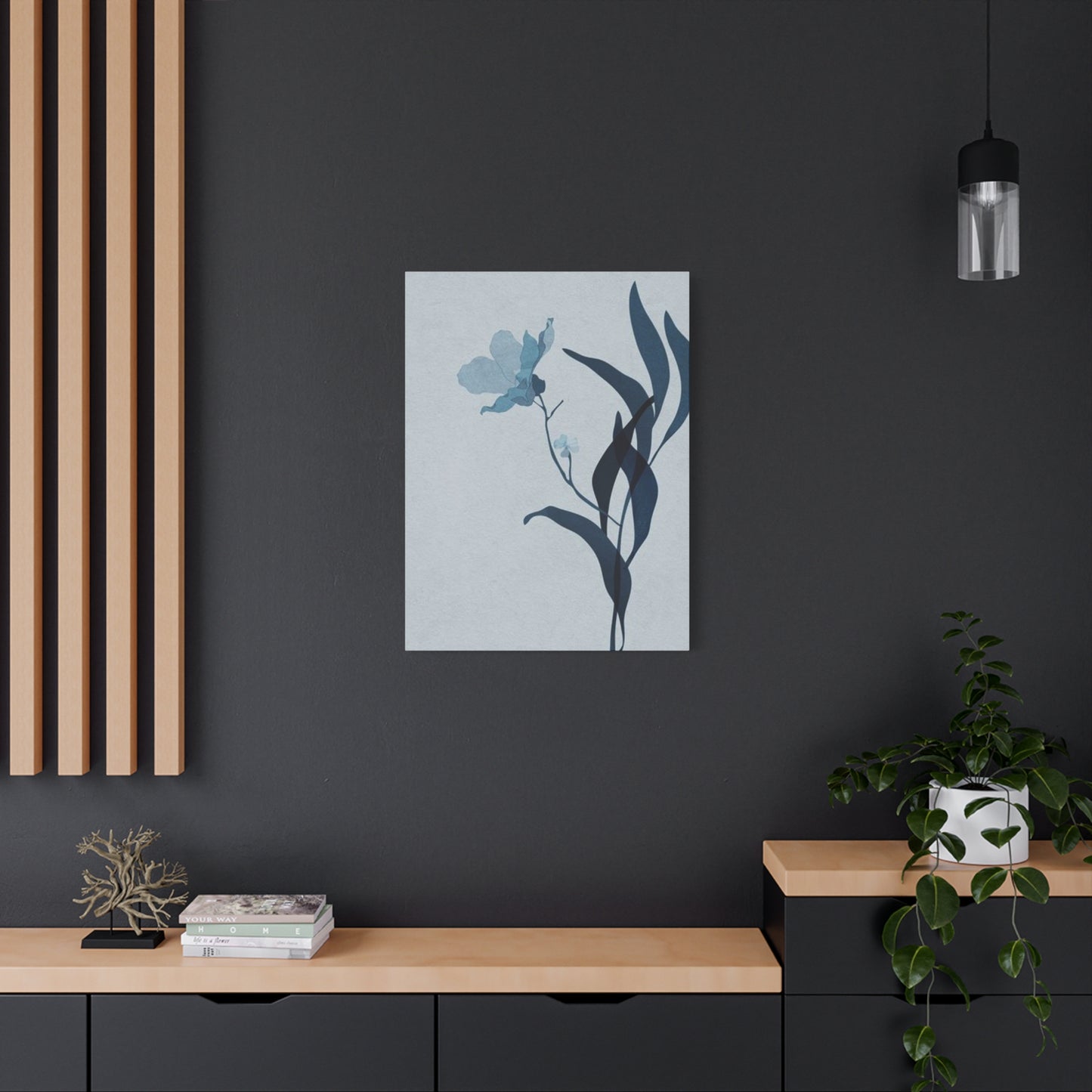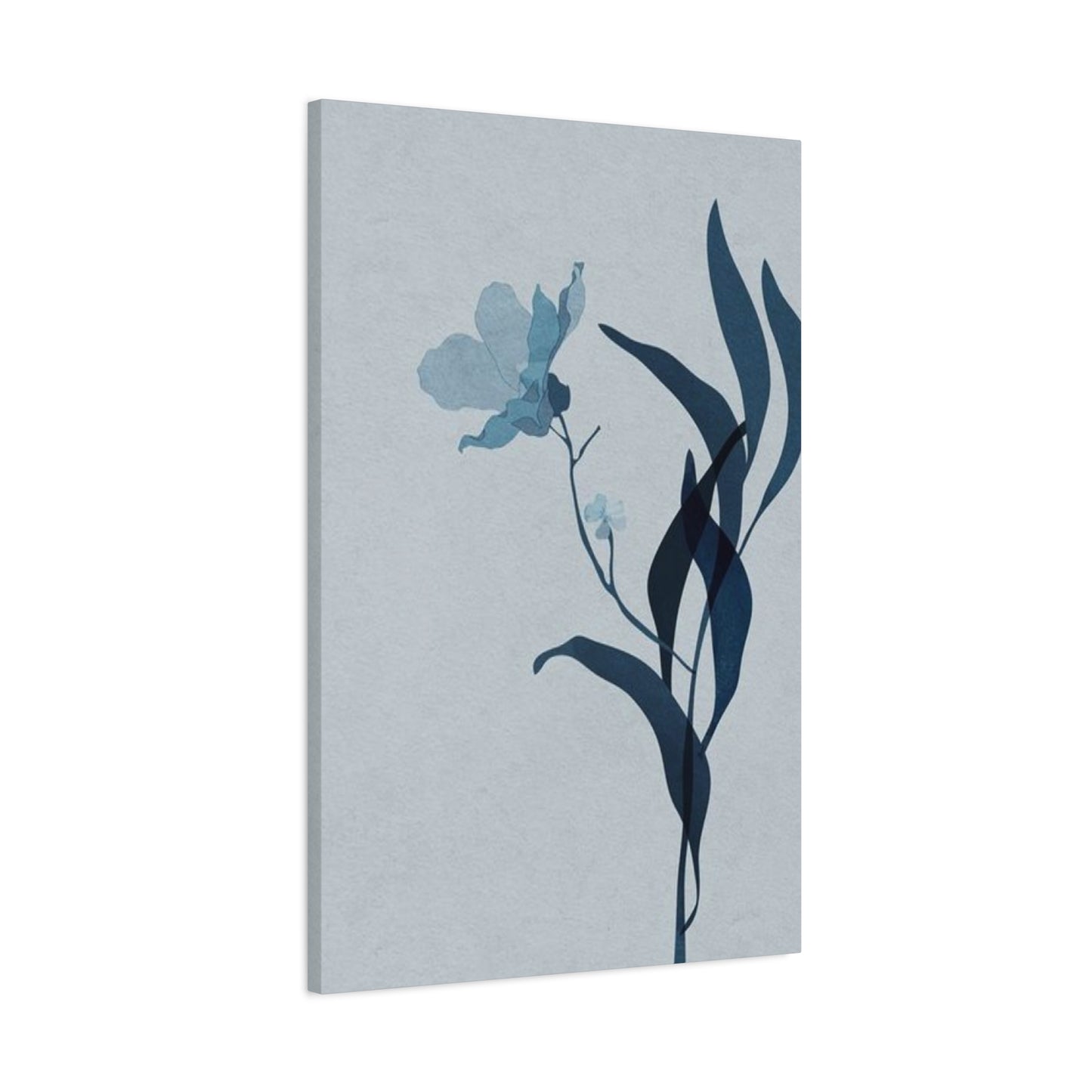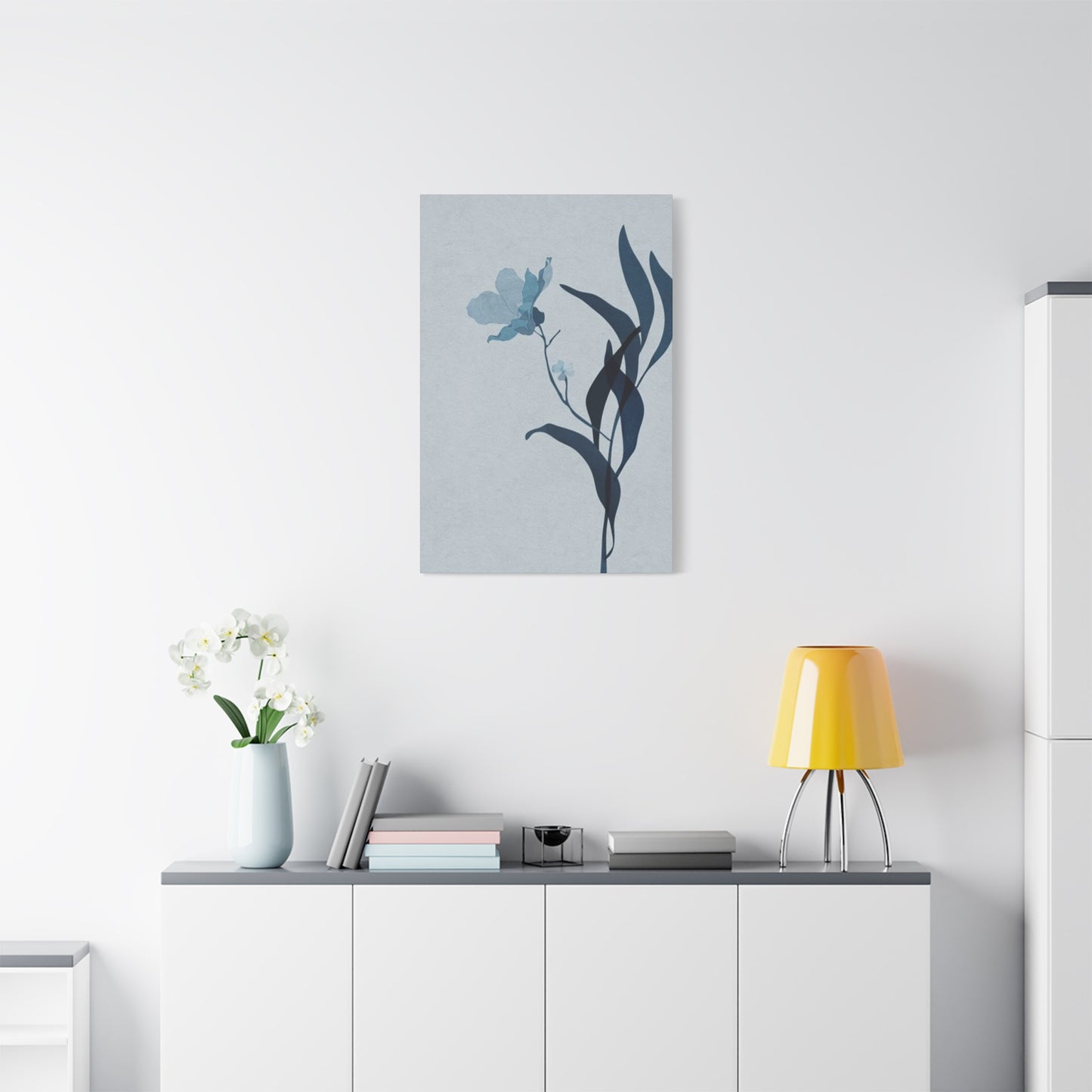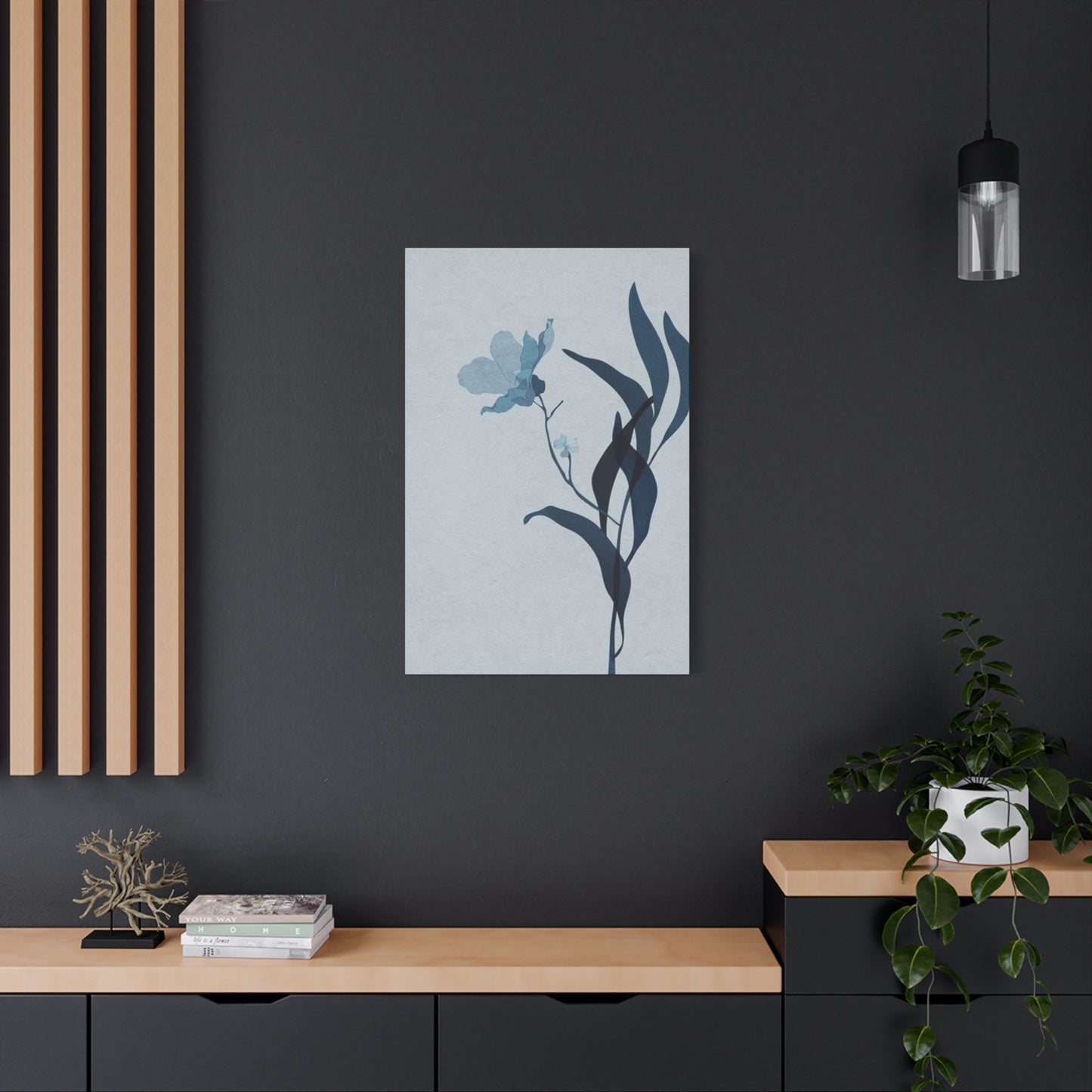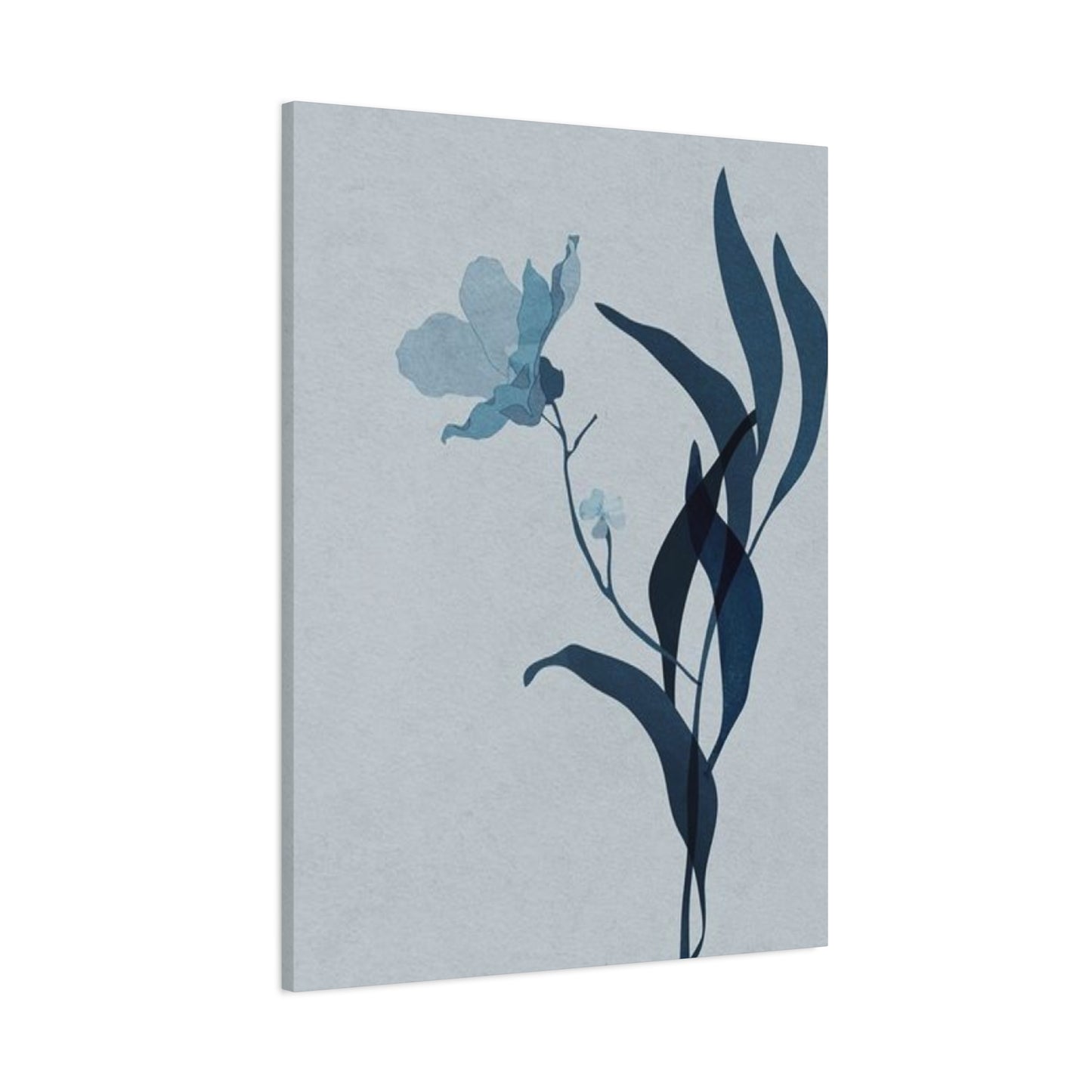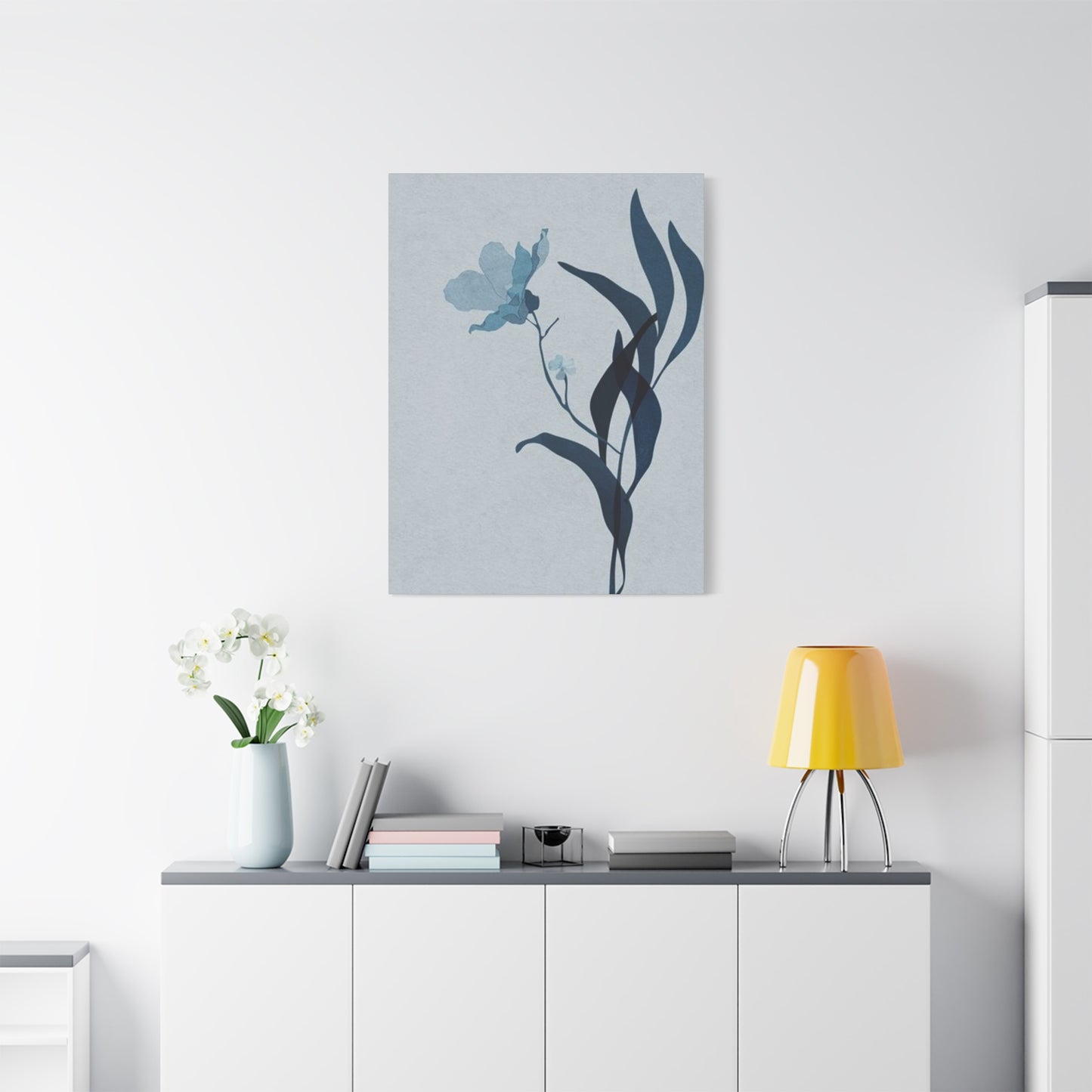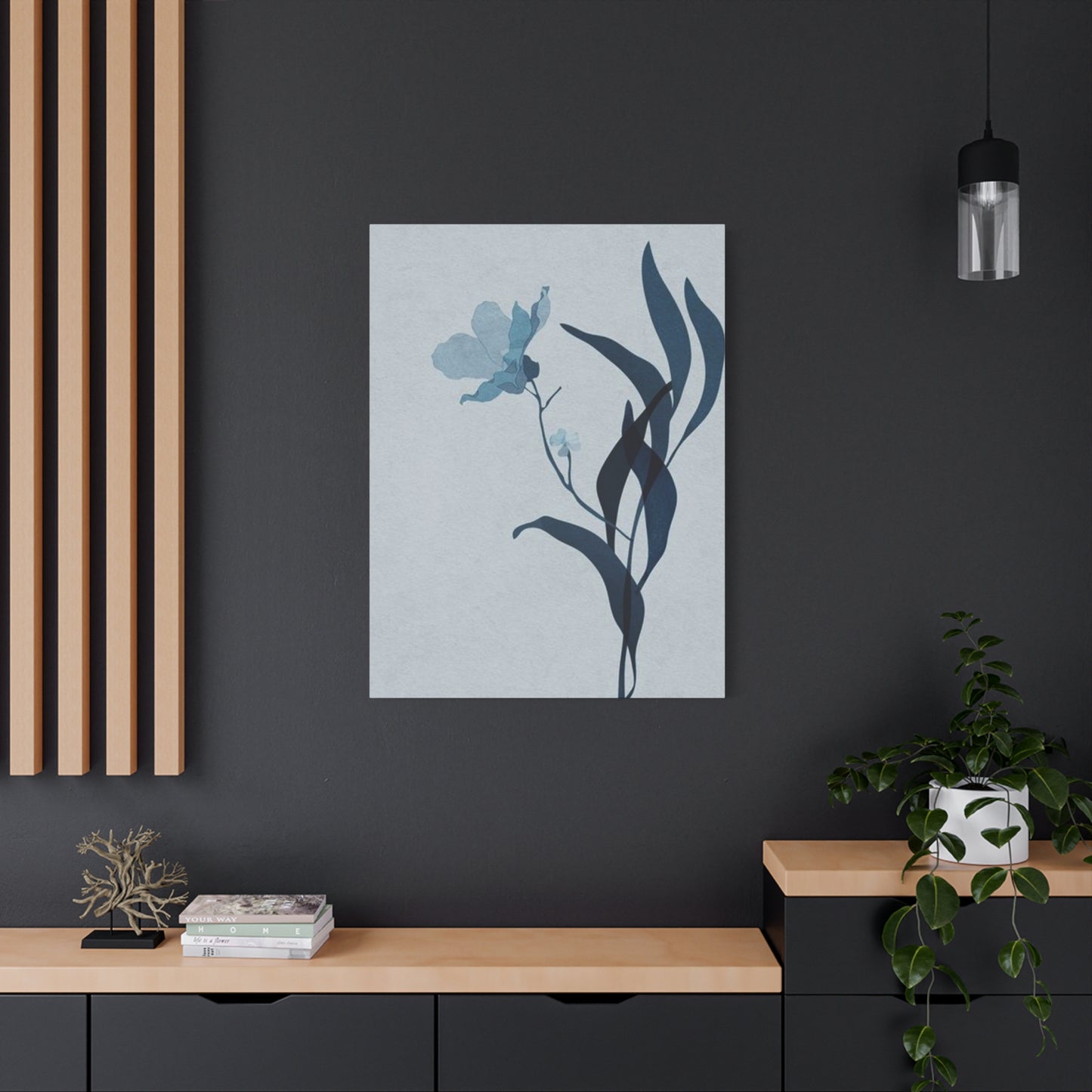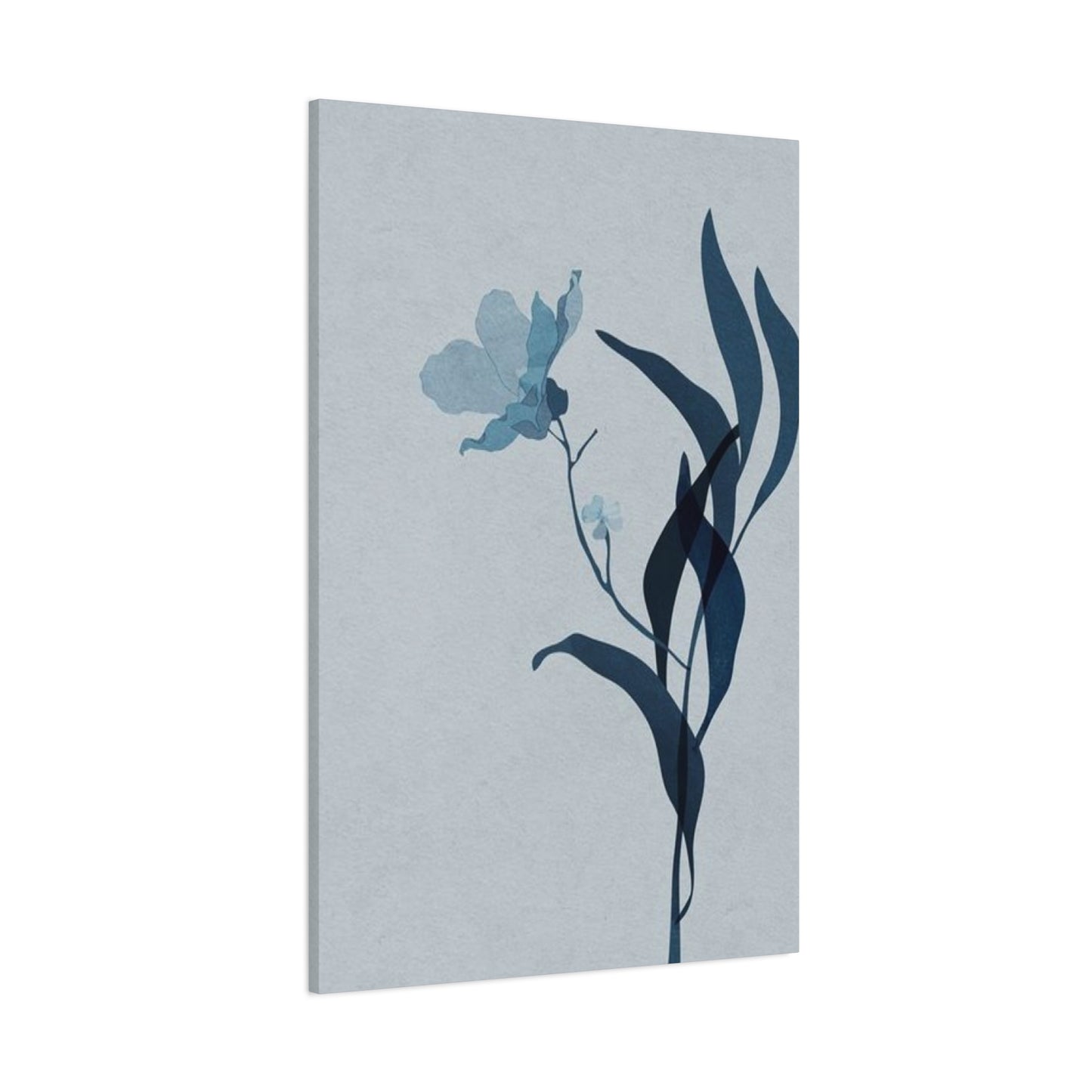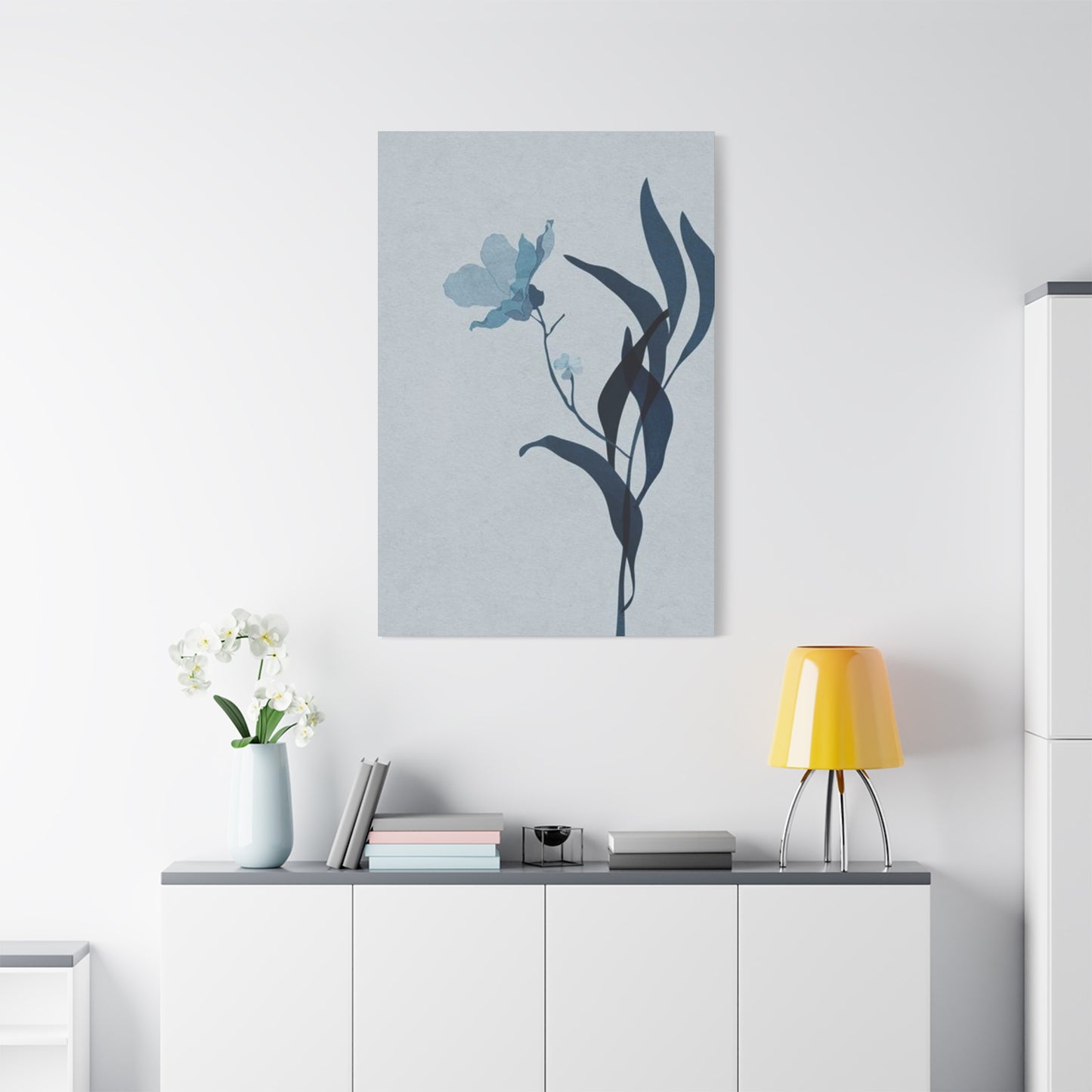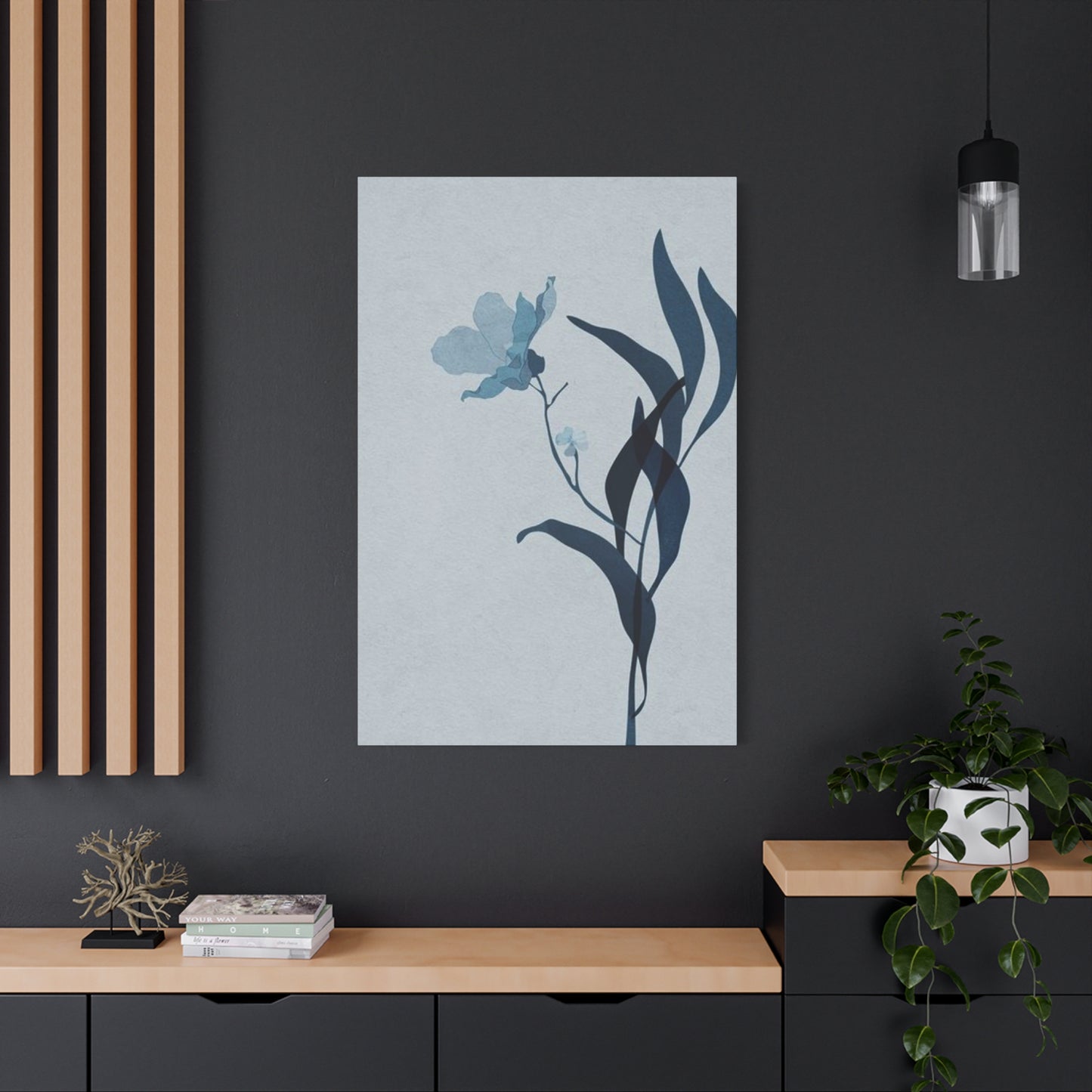Beautiful Floral Entryway Decorations: Creating Stunning First Impressions with Nature-Inspired Wall Art
The entrance to your home serves as the initial glimpse guests receive of your personal style and aesthetic preferences. Creating a memorable first impression through thoughtfully curated floral wall art can establish the tone for your entire living space. Botanical elements bring warmth, color, and natural beauty to entryway areas that might otherwise feel stark or unwelcoming. The strategic placement of flower and leaf artwork can transform even the smallest foyer into an inviting sanctuary that reflects your appreciation for nature's inherent elegance.
When selecting decorative elements for your entrance, consider how different floral motifs can complement your existing architectural features while adding visual interest to wall surfaces. The psychology of color plays a significant role in how visitors perceive your space, with certain botanical hues evoking feelings of tranquility, joy, or sophistication. Understanding these subtle influences allows you to make informed decisions about which particular floral designs will best serve your decorative goals and create the desired emotional response from those who enter your home.
Welcoming Floral Wall Art Arrangements for Every Home Style
Creating an inviting atmosphere begins with selecting floral wall art that resonates with your personal aesthetic while maintaining broad appeal for visitors. The concept of welcoming extends beyond mere visual pleasure to encompass the emotional response that carefully chosen botanical artwork can evoke in those who encounter it. Contemporary homes benefit from sleek, minimalist floral designs that incorporate clean lines and subtle color palettes, while traditional spaces may call for more ornate botanical illustrations featuring intricate details and rich, saturated hues.
The placement of welcoming floral wall art requires careful consideration of sight lines and traffic flow within your entryway. Positioning artwork at eye level ensures optimal viewing angles, while grouping multiple pieces can create dynamic focal points that draw attention upward and make spaces appear larger. Consider the interplay between artificial and natural lighting when displaying floral artwork, as different illumination sources can dramatically alter how colors appear throughout various times of day.
Seasonal rotation of floral wall art provides opportunities to refresh your entryway's appearance while maintaining consistency in your overall decorative theme. Spring selections might feature delicate cherry blossoms or vibrant tulips, while autumn displays could showcase warm-toned dahlias or rich burgundy leaves. This cyclical approach to decoration keeps your entrance feeling current and demonstrates attention to the natural world's changing beauty.
The psychological impact of welcoming floral wall art extends beyond immediate visual appeal to influence long-term perceptions of your home's character. Studies in environmental psychology suggest that exposure to botanical imagery can reduce stress levels and promote feelings of well-being among both residents and visitors. This makes floral artwork particularly valuable in entryway spaces where people transition from the external world into the comfort of domestic environments.
Budget-conscious homeowners can achieve stunning welcoming effects through strategic mixing of high-end statement pieces with affordable complementary artwork. Investing in one or two premium floral prints as anchor pieces allows for creative experimentation with smaller, less expensive botanical elements that can be easily changed or updated. This approach provides flexibility while ensuring your entryway maintains a cohesive, professionally curated appearance that impresses without overwhelming your decorating budget.
Entryway Flower & Leaf Decor: Balancing Natural Elements
The integration of flower and leaf motifs within entryway spaces requires thoughtful consideration of scale, proportion, and thematic coherence to achieve visually pleasing results. Successful botanical decoration relies on understanding how different plant species complement or contrast with one another when represented in artistic form. Combining delicate flower imagery with bold leaf patterns can create dynamic tension that energizes otherwise static wall surfaces while maintaining the natural harmony inherent in botanical design.
Color coordination plays a crucial role in effective entryway flower and leaf decor arrangements. Monochromatic schemes using various shades of a single hue can create sophisticated, unified looks that feel calm and elegant. Alternatively, complementary color combinations drawn from opposite sides of the color wheel can generate vibrant energy that makes strong design statements. The key lies in maintaining balance between visual interest and overall coherence throughout your decorative scheme.
Texture variations within flower and leaf artwork add depth and complexity to entryway displays without requiring additional wall space. Combining smooth watercolor botanicals with textured canvas prints or embossed paper artwork creates tactile interest that encourages closer examination. This layered approach to decoration demonstrates sophisticated design sensibilities while providing multiple points of visual engagement for visitors who spend time in your entryway.
The symbolic meanings associated with different flowers and leaves can inform your decorative choices and add deeper significance to your entryway design. Roses traditionally represent love and beauty, while oak leaves symbolize strength and endurance. Incorporating botanicals with personal meaning or cultural significance transforms functional decoration into meaningful expression of your values and heritage. This thoughtful approach to selection elevates simple wall art into conversation pieces that reflect your individual story.
Lighting considerations become particularly important when displaying three-dimensional flower and leaf decor elements alongside traditional flat artwork. Strategic placement of accent lighting can highlight textural details and cast interesting shadows that change throughout the day. Natural light from windows or glass doors can create beautiful effects with translucent materials, while artificial lighting provides consistent illumination regardless of weather conditions or time of day.
Maintenance requirements for different types of flower and leaf decor should influence your selection process, particularly in high-traffic entryway areas where dust and handling may be concerns. Sealed prints and protected artwork require minimal care, while delicate materials may need regular attention to maintain their appearance. Choosing appropriate materials for your lifestyle ensures your botanical decor continues looking fresh and vibrant with reasonable maintenance efforts.
Fresh Flower Prints for Entryways: Contemporary Botanical Art
Modern printing technologies have revolutionized the availability and quality of fresh flower prints suitable for entryway decoration. High-resolution digital reproduction allows for incredibly detailed botanical imagery that captures subtle color variations and intricate structural elements previously only visible in original paintings or photographs. These technological advances make museum-quality floral artwork accessible to homeowners seeking to create sophisticated entryway displays without the investment required for original pieces.
Contemporary fresh flower prints often feature unexpected perspectives or artistic interpretations that challenge traditional botanical illustration conventions. Close-up macro photography reveals hidden patterns within petals and leaves, while abstract artistic treatments can transform familiar flowers into striking modern art pieces. These innovative approaches to botanical imagery allow homeowners to incorporate natural elements into contemporary design schemes without compromising their modern aesthetic preferences.
The versatility of fresh flower prints makes them suitable for virtually any entryway configuration or size constraint. Large-scale statement pieces can serve as dramatic focal points in spacious foyers, while smaller prints can be grouped to create gallery wall arrangements in more compact spaces. The ability to custom-size many contemporary prints ensures optimal fit for specific wall dimensions and architectural features within your entrance area.
Color accuracy becomes particularly important when selecting fresh flower prints, as viewers often have strong associations with particular flower colors based on real-world experience. Advanced printing processes using archival-quality inks ensure long-lasting color fidelity that won't fade or shift over time, even in entryways with significant natural light exposure. This reliability makes fresh flower prints excellent long-term investments for homeowners seeking durable decorative solutions.
The framing and presentation of fresh flower prints significantly impacts their overall effectiveness as entryway decoration. Contemporary frames with clean lines and minimal profiles allow the botanical imagery to take center stage, while more ornate traditional frames can enhance the formal elegance of classical flower prints. Matting choices also influence the final appearance, with neutral tones providing subtle enhancement and colored mats creating bolder design statements.
Professional consultation can be valuable when selecting fresh flower prints for significant entryway renovation projects. Interior designers and art consultants bring expertise in color theory, spatial relationships, and style coordination that can prevent costly mistakes and ensure optimal results. Their knowledge of current trends and timeless design principles helps create entryway displays that remain visually appealing for years to come while reflecting your personal taste preferences.
Simple Floral Wall Art: Minimalist Botanical Beauty
The appeal of simple floral wall art lies in its ability to provide natural beauty without overwhelming the visual landscape of your entryway. Minimalist botanical designs emphasize clean lines, subtle color palettes, and uncluttered compositions that complement rather than compete with architectural features and existing furnishings. This restraint approach to decoration creates peaceful, welcoming environments that feel spacious and serene regardless of actual square footage limitations.
Simple floral wall art typically features individual flowers or small groupings rendered in styles that emphasize essential forms rather than intricate details. Watercolor techniques create soft, ethereal effects that seem to float on wall surfaces, while line drawings provide crisp, geometric interpretations of organic shapes. These simplified representations maintain the recognizable characteristics of their botanical subjects while eliminating extraneous elements that might create visual clutter.
The strategic use of white space becomes crucial in simple floral wall art compositions. Generous margins around central botanical elements allow the eye to rest and prevent designs from feeling cramped or busy. This breathing room also makes artwork appear larger and more significant than their actual dimensions, which can be particularly valuable in smaller entryway spaces where every visual element must work efficiently to create desired effects.
Color choices in simple floral wall art often favor muted tones and subtle gradations over bold, saturated hues. Soft pastels, gentle earth tones, and sophisticated neutrals create calming atmospheres that promote relaxation and well-being. These understated color schemes also provide excellent versatility, complementing a wide range of interior design styles and color palettes without requiring significant coordination efforts or limiting future decorating flexibility.
The affordability of simple floral wall art makes it accessible to budget-conscious decorators seeking maximum visual impact with minimal financial investment. Digital prints of minimalist botanical designs can be purchased at modest costs and easily updated or replaced as tastes evolve or seasonal preferences change. This accessibility allows for creative experimentation without significant financial risk, encouraging homeowners to explore different styles and compositions until they discover their perfect entryway aesthetic.
Display techniques for simple floral wall art benefit from equally restrained approaches that maintain the minimalist aesthetic throughout your entryway presentation. Clean, simple frames in neutral tones allow artwork to take center stage without distraction. Gallery-style hanging systems provide professional appearance while offering flexibility for easy rearrangement or seasonal updates without wall damage or extensive hardware modifications.
Nature-Inspired Entryway Art: Bringing the Outdoors Inside
Nature-inspired entryway art encompasses a broader range of botanical and organic elements beyond traditional flower and leaf motifs. This expanded approach to natural decoration includes abstract interpretations of forest scenes, stylized representations of natural textures, and artistic treatments of seasonal phenomena like falling snow or autumn color changes. Such comprehensive natural themes create immersive environments that transport visitors from urban or suburban settings into more peaceful, organic atmospheres.
The psychological benefits of nature-inspired entryway art extend beyond mere aesthetic pleasure to include measurable improvements in stress reduction and mental well-being. Research in biophilic design demonstrates that visual connections to natural elements can lower blood pressure, reduce anxiety levels, and improve overall mood among building occupants. These health benefits make nature-inspired artwork particularly valuable in entryway spaces where people transition between different environments and activity levels.
Seasonal adaptation becomes naturally integrated into nature-inspired entryway art programs through rotating displays that reflect changing outdoor conditions. Spring installations might feature fresh green foliage and emerging buds, while winter displays could showcase bare branches covered in frost or snow. This cyclical approach keeps entryway decoration fresh and relevant while celebrating the natural world's continuous transformation throughout the year.
The integration of three-dimensional natural elements with two-dimensional artwork creates layered displays that engage multiple senses and provide rich visual experiences. Combining botanical prints with dried flower arrangements, natural wood frames, or stone accents creates comprehensive natural environments that feel authentic and lived-in rather than purely decorative. These mixed-media approaches demonstrate sophisticated design sensibilities while maintaining strong connections to outdoor environments.
Lighting design becomes particularly important in nature-inspired entryway art installations where the goal is recreating outdoor atmospheric conditions within interior spaces. Warm, diffused lighting can simulate golden hour effects, while cooler tones might evoke early morning forest environments. Variable lighting systems allow for different moods throughout the day, creating dynamic experiences that keep entryway spaces feeling fresh and engaging over time.
Conservation themes within nature-inspired entryway art provide opportunities to express environmental values while creating beautiful decorative displays. Artwork featuring endangered species, threatened habitats, or sustainability messages can spark meaningful conversations with visitors while demonstrating commitment to environmental stewardship. This approach transforms functional decoration into advocacy tools that reflect personal values and social consciousness.
Flower & Leaf Welcome Sign Ideas: Personalized Greetings
Custom flower and leaf welcome signs provide opportunities to create personalized greetings that reflect your family's unique style and hospitality traditions. These specialized pieces serve dual functions as both decorative elements and functional communication tools that clearly identify your home while establishing the warm, welcoming tone you wish to project to visitors and guests. The combination of botanical imagery with text elements requires careful balance to ensure both components remain legible and visually appealing.
Typography selection plays a crucial role in effective flower and leaf welcome sign design. Script fonts can create elegant, formal impressions suitable for traditional home styles, while modern sans-serif typefaces provide clean, contemporary appearances that complement minimalist decor schemes. The relationship between text size, botanical element scale, and overall sign dimensions must be carefully calculated to achieve optimal readability at typical viewing distances within entryway spaces.
Material choices for flower and leaf welcome signs significantly impact both appearance and durability in various weather conditions. Exterior applications require weather-resistant materials and finishes that can withstand seasonal temperature variations, precipitation, and UV exposure without fading or deteriorating. Interior signs have more material options but should still consider humidity variations and cleaning requirements in high-traffic entryway locations.
Customization options for flower and leaf welcome signs extend beyond simple name additions to include family monograms, house numbers, seasonal messages, and cultural symbols that reflect heritage or personal interests. Professional artisans can incorporate specific flower varieties that hold special meaning for your family, such as birth month flowers, anniversary blooms, or plants associated with cultural traditions. These personalized touches transform generic welcome signs into meaningful family heirlooms.
Installation considerations for flower and leaf welcome signs vary depending on mounting locations and sign dimensions. Wall-mounted signs require appropriate hardware for both sign weight and wall construction materials, while freestanding designs need stable bases that resist wind and accidental displacement. Proper installation ensures both safety and optimal viewing angles while protecting your investment in custom signage.
Maintenance requirements for flower and leaf welcome signs depend on materials, finishes, and environmental exposure levels. Regular cleaning schedules help preserve appearance and longevity, while seasonal inspections can identify potential issues before they become costly problems. Understanding care requirements helps ensure your welcome sign continues making positive first impressions for years to come while maintaining its intended aesthetic appeal.
Botanical Entryway Decor: Scientific Beauty Meets Home Design
Botanical entryway decor draws inspiration from scientific illustration traditions that emphasize accuracy, detail, and educational value alongside aesthetic appeal. This approach to natural decoration appeals to homeowners who appreciate the intersection of art and science while creating sophisticated, intellectually stimulating environments within their living spaces. Historical botanical prints and contemporary interpretations of scientific illustration styles provide rich decorative possibilities that celebrate both natural beauty and human understanding of plant life.
The educational aspect of botanical entryway decor adds depth and meaning to decorative choices while providing conversation starters that engage scientifically curious visitors. Detailed species labels, habitat information, or historical context can transform simple artwork into learning opportunities that demonstrate the homeowner's intellectual interests and commitment to lifelong education. This approach particularly appeals to families with children who benefit from exposure to scientific thinking and natural world appreciation.
Authenticity becomes important when selecting botanical entryway decor, as viewers familiar with scientific illustration traditions may notice inaccuracies or artistic liberties that compromise educational value. Partnering with reputable publishers or artists who specialize in scientifically accurate botanical illustration ensures your decorative choices maintain credibility while providing accurate information about featured plant species and their characteristics.
The historical significance of botanical illustration provides rich thematic possibilities for entryway decoration programs that celebrate human exploration and scientific discovery. Featuring plants discovered during famous expeditions, illustrated by renowned botanical artists, or representing significant milestones in biological understanding creates connections between your home and broader scientific heritage. These historical connections add gravitas and cultural significance to decorative choices.
Color accuracy becomes particularly crucial in botanical entryway decor where educational value depends on faithful representation of natural flower and leaf colors. Museum-quality reproduction techniques ensure color fidelity that supports both aesthetic and educational goals. Professional printing services specializing in scientific illustration can provide guidance on paper choices, ink types, and finishing techniques that optimize both appearance and longevity.
The organization and presentation of botanical entryway decor can follow scientific classification systems that group related species or demonstrate evolutionary relationships. This systematic approach creates cohesive displays while subtly educating viewers about plant taxonomy and biological relationships. Professional consultation with botanists or science educators can provide valuable insights for creating scientifically meaningful displays that enhance both education and decoration objectives.
Soft Floral Wall Prints: Gentle Elegance for Your Entrance
Soft floral wall prints embody understated elegance through muted color palettes, gentle compositions, and romantic artistic treatments that create peaceful, welcoming atmospheres within entryway spaces. This decorative approach particularly appeals to homeowners seeking to establish calm, nurturing environments that provide respite from busy external worlds while maintaining sophisticated aesthetic standards. The subtlety inherent in soft floral designs allows them to complement virtually any architectural style or existing decor without overwhelming visual landscapes.
Watercolor techniques dominate soft floral wall print production due to their inherent ability to create gentle color transitions and ethereal effects that seem to float on wall surfaces. The translucent quality of watercolor pigments produces luminous colors that change subtly with lighting conditions throughout the day, creating dynamic visual experiences within static artwork. These natural variations keep entryway displays feeling fresh and engaging over extended viewing periods.
Pastel color schemes characterize most soft floral wall prints, with gentle pinks, lavender, sage green, and cream tones creating harmonious combinations that promote tranquility and well-being. These subdued hues provide excellent versatility for coordination with existing furnishings and architectural features while maintaining enough color interest to prevent spaces from feeling bland or uninspiring. The psychological effects of pastel colors include stress reduction and mood elevation, making them particularly valuable in transitional spaces like entryways.
The romantic associations of soft floral wall prints make them popular choices for homeowners seeking to create intimate, welcoming atmospheres that celebrate natural beauty and feminine aesthetics. These decorative elements work particularly well in homes where hospitality and nurturing are important values, as they communicate warmth and care to visitors through their gentle visual presence. The emotional comfort provided by soft floral imagery contributes to positive first impressions and memorable experiences for guests.
Layering techniques allow soft floral wall prints to create rich, complex displays without overwhelming delicate aesthetic sensibilities. Combining prints of different sizes, slight color variations, or complementary botanical subjects creates depth and visual interest while maintaining overall coherence. Professional design principles guide effective layering strategies that maximize impact while preserving the gentle character that defines this decorative approach.
Quality considerations become particularly important with soft floral wall prints where subtle color gradations and delicate details define their aesthetic appeal. High-resolution printing on premium papers ensures fine details remain crisp while maintaining the soft, dreamy quality that characterizes this art style. Protective framing and appropriate display locations preserve print quality and prevent damage from handling or environmental factors that could compromise their delicate beauty.
Entryway Nature Wall Art: Creating Organic Welcome Spaces
Entryway nature wall art encompasses comprehensive approaches to natural decoration that extend beyond simple flower and leaf motifs to include landscape elements, wildlife imagery, and seasonal phenomena. This broader interpretation of natural decoration allows for more varied and dynamic displays that can accommodate different personal interests while maintaining strong connections to outdoor environments. The flexibility inherent in nature-themed decoration provides opportunities for creative expression while ensuring decorative schemes remain fresh and engaging over time.
Landscape elements within entryway nature wall art can include forest scenes, meadow vistas, mountain panoramas, or coastal environments that transport viewers to peaceful natural settings. These larger-scale natural environments create immersive experiences that help visitors transition from urban or suburban surroundings into more tranquil domestic atmospheres. The psychological benefits of landscape imagery include stress reduction and mental restoration, making them particularly valuable in entryway applications.
Wildlife integration adds dynamic energy to entryway nature wall art through inclusion of birds, butterflies, and other creatures that inhabit natural botanical environments. These living elements provide movement and vitality that energizes static floral displays while maintaining ecological authenticity. The combination of flora and fauna creates comprehensive natural environments that feel complete and realistic rather than artificially simplified.
Seasonal representation within entryway nature wall art provides opportunities for rotating displays that reflect changing outdoor conditions and celebrate natural cycles throughout the year. Spring installations might feature emerging buds and migrating birds, while autumn displays could showcase changing leaf colors and harvest imagery. This cyclical approach keeps entryway decoration current and demonstrates awareness of natural world rhythms.
The educational potential of entryway nature wall art allows homeowners to share knowledge about local ecosystems, conservation efforts, or environmental science through their decorative choices. Featuring native plant species, endangered habitats, or sustainability themes transforms functional decoration into advocacy tools that express environmental values while creating beautiful living spaces. This purposeful approach to decoration demonstrates social consciousness and commitment to environmental stewardship.
Professional curation services can help homeowners develop comprehensive entryway nature wall art programs that balance aesthetic appeal with educational value and personal meaning. Art consultants specializing in natural history subjects bring expertise in species identification, ecological relationships, and conservation status that ensures decorative choices remain scientifically accurate while achieving desired visual effects. This professional guidance prevents mistakes while maximizing both decorative and educational impact.
Chic Flower & Leaf Art: Modern Sophistication in Natural Design
Chic flower and leaf art represents the intersection of natural beauty and contemporary design sensibilities, creating sophisticated decorative solutions that appeal to style-conscious homeowners seeking elegant entryway displays. This approach emphasizes clean lines, unexpected color combinations, and innovative artistic treatments that transform traditional botanical subjects into modern art pieces suitable for upscale interior design schemes. The result combines timeless natural appeal with cutting-edge aesthetic trends.
Contemporary artistic techniques applied to traditional flower and leaf subjects create fresh interpretations that feel both familiar and surprising. Abstract treatments might emphasize geometric patterns within natural forms, while digital manipulation can create surreal color combinations or impossible botanical arrangements. These innovative approaches maintain recognizable connections to natural subjects while pushing creative boundaries that appeal to adventurous decorators.
Color palette sophistication distinguishes chic flower and leaf art from more traditional botanical decoration through use of unexpected hues, subtle gradations, and complex color relationships. Monochromatic schemes in sophisticated neutrals create elegant, refined atmospheres, while bold accent colors provide dramatic focal points that energize entryway spaces. Professional color consultation ensures choices complement existing architectural features and furnishing selections.
The integration of metallic elements, textured surfaces, or mixed media components adds luxury touches that elevate chic flower and leaf art above standard decorative prints. Gold or silver leaf accents, embossed details, or fabric incorporation creates tactile interest and premium appearance that justifies higher investment levels. These enhanced materials demonstrate commitment to quality while providing unique decorative elements that distinguish your entryway from conventional spaces.
Scale and proportion considerations become particularly important in chic flower and leaf art where dramatic impact often depends on strategic sizing decisions. Oversized statement pieces can create gallery-quality focal points, while carefully arranged groupings of smaller works might provide more subtle sophistication. Understanding spatial relationships ensures decorative choices achieve intended effects while maintaining proper proportion within entryway dimensions.
Installation and presentation techniques for chic flower and leaf art should maintain the same sophistication evident in artwork selection. Professional framing using museum-quality materials, strategic lighting placement, and expert hanging systems ensure optimal display conditions that protect investments while maximizing visual impact. These attention-to-detail approaches demonstrate serious commitment to interior design excellence while preserving artwork value over time.
Floral Entryway Design
Understanding color psychology principles enables more strategic selection of floral entryway artwork that creates desired emotional responses and behavioral outcomes among residents and visitors. Different colors evoke specific psychological reactions that can influence mood, energy levels, and overall comfort within spaces. This knowledge allows homeowners to make informed decorative choices that support their lifestyle goals while creating memorable first impressions through scientifically grounded design decisions.
Warm colors including reds, oranges, and yellows in floral artwork tend to create energizing, welcoming atmospheres that encourage social interaction and positive engagement. These hues can make large entryways feel more intimate while adding vitality to spaces that might otherwise feel stark or impersonal. However, excessive use of warm colors might create overstimulation in smaller spaces, requiring careful balance with cooler tones or neutral elements to maintain comfortable environments.
Cool colors such as blues, greens, and purples in botanical artwork promote feelings of calm, tranquility, and contemplation that can help visitors transition from external stress into peaceful domestic environments. These hues work particularly well in busy households where entryways serve as decompression zones between public and private spaces. Cool color schemes also tend to make spaces appear larger and more open, which benefits compact entryway configurations.
Neutral colors provide versatile foundations for floral entryway design that accommodate changing seasonal preferences, evolving personal tastes, and varying lighting conditions throughout different times of day. Sophisticated grays, warm beiges, and cream tones allow colorful floral elements to take center stage while providing stable visual anchors that prevent decorative schemes from appearing chaotic or overwhelming. These balanced approaches appeal to homeowners seeking long-term decorative solutions.
Color temperature considerations affect how floral artwork appears under different lighting conditions, with warm light sources enhancing yellow and red tones while cool lighting emphasizes blues and greens. Understanding these relationships helps predict how decorative choices will appear during various times of day or under different artificial lighting conditions. This knowledge prevents disappointment and ensures consistent aesthetic appeal regardless of viewing conditions.
Cultural color associations may influence how visitors interpret floral entryway artwork, with different societies attaching varying symbolic meanings to particular hues. Red flowers might represent good fortune in some cultures while symbolizing passion or danger in others. Awareness of these cultural differences helps create inclusive environments that welcome diverse visitors while avoiding unintended negative associations that could undermine hospitality goals.
Rotation Strategies for Floral Wall Art
Implementing seasonal rotation strategies for floral wall art keeps entryway displays fresh and relevant while celebrating natural world rhythms throughout the year. This dynamic approach to decoration demonstrates attention to environmental changes and provides opportunities for creative expression that adapt to shifting moods and preferences. Successful rotation programs require advance planning, appropriate storage solutions, and systematic implementation schedules that ensure smooth transitions between different seasonal themes.
Spring rotation themes typically emphasize renewal, growth, and fresh beginnings through artwork featuring emerging buds, delicate blossoms, and vibrant green foliage. Cherry blossoms, tulips, daffodils, and other early blooming flowers create optimistic atmospheres that celebrate winter's end and anticipate warmer weather ahead. Light, airy color palettes and delicate artistic treatments reinforce themes of rebirth and new possibilities while energizing spaces after long winter months.
Summer installations often feature bold, saturated colors and abundant floral displays that reflect the season's energy and abundance. Sunflowers, roses, peonies, and other full-bloom specimens create dramatic focal points that capture summer's intensity and warmth. These robust displays work well with outdoor entertaining and increased social activity typical of summer months while creating vibrant, welcoming atmospheres for guests and family members.
Autumn rotations celebrate harvest themes and natural color changes through artwork featuring warm oranges, deep reds, and rich golden tones. Maple leaves, oak branches, and seasonal flowers like chrysanthemums or dahlias create cozy, comfortable atmospheres that complement cooler weather and indoor gathering preferences. These warm, inviting displays help ease transitions from summer's outdoor focus to autumn's more intimate domestic activities.
Winter seasonal art often emphasizes elegance, serenity, and sophisticated beauty through minimal compositions and refined color palettes. Bare branches, evergreen elements, or subtle winter flowers create peaceful environments that complement the season's contemplative character. These restrained displays provide welcome relief from holiday decorating excess while maintaining visual interest during months when outdoor natural beauty may be limited.
Storage and organization systems for seasonal rotation programs require dedicated space and protective measures that preserve artwork quality between display periods. Acid-free storage materials, climate-controlled environments, and careful handling procedures ensure rotated pieces remain in excellent condition for years of continued use. Professional archival storage solutions may justify investment for valuable or irreplaceable seasonal artwork collections.
Professional Installation Techniques for Floral Wall Art
Professional installation techniques ensure floral wall art displays achieve optimal visual impact while protecting both artwork and wall surfaces from damage. Proper installation requires understanding of wall construction materials, appropriate hardware selection, and precise measurement techniques that create level, secure mountings. These technical considerations become particularly important for valuable artwork or complex grouping arrangements where mistakes could prove costly or difficult to correct.
Wall analysis precedes installation planning, with different construction materials requiring specific hardware types and installation techniques. Drywall installations typically use hollow wall anchors or wall studs for support, while masonry surfaces may require specialized fasteners and drilling techniques. Professional assessment prevents installation failures that could damage artwork or create safety hazards in high-traffic entryway areas.
Height calculations for floral wall art installation follow established design principles that ensure optimal viewing angles and proportion relationships within specific architectural contexts. Standard guidelines suggest artwork centers should be positioned approximately 57-60 inches from floor level, though ceiling height, furniture placement, and architectural features may require adjustments to these general recommendations. Professional designers bring experience with spatial relationships that optimize visual impact.
Grouping arrangements require careful planning and measurement to achieve balanced, cohesive displays that enhance rather than overwhelm entryway spaces. Paper templates can help visualize arrangements before committing to wall mounting, while laser levels ensure precise alignment across multiple pieces. Professional installation services often provide layout services that optimize grouping arrangements while minimizing wall damage from repeated hanging attempts.
Lighting integration considerations affect both artwork preservation and visual presentation quality. UV-filtering glazing protects valuable prints from light damage, while accent lighting can enhance colors and create dramatic effects. Professional electricians can install specialized art lighting systems that provide optimal illumination while meeting safety codes and energy efficiency requirements.
Security measures may be appropriate for valuable floral wall art installations, particularly in entryway areas where artwork might be vulnerable to theft or accidental damage. Specialized hanging systems, security fasteners, or alarm integration can provide protection while maintaining accessibility for cleaning and maintenance. Professional security consultants can assess risks and recommend appropriate protective measures that balance security needs with aesthetic goals.
Preservation of Floral Artwork
Proper maintenance and preservation techniques ensure floral artwork continues providing beauty and value throughout years of display in entryway environments. These spaces present particular challenges due to high traffic levels, varying temperature and humidity conditions, and potential exposure to dust and pollutants from opening doors. Understanding preservation requirements helps protect investments while maintaining optimal appearance over extended periods.
Dust removal requires gentle techniques that avoid damage to delicate print surfaces or protective glazing. Soft, lint-free cloths work well for framed pieces, while specialized art brushes may be necessary for textured surfaces or three-dimensional elements. Regular cleaning schedules prevent accumulation of particles that could cause permanent staining or surface damage over time. Professional conservation services provide specialized cleaning for valuable or fragile pieces.
Humidity control becomes particularly important in entryway locations where exterior doors create fluctuating moisture levels that can damage paper-based artwork. Dehumidifiers or climate control systems help maintain stable conditions that prevent warping, mold growth, or adhesive failures. Monitoring devices can track conditions and alert homeowners to potential problems before damage occurs.
Light exposure management protects floral artwork from UV damage that causes fading and deterioration over time. UV-filtering glass or acrylic glazing provides protection while maintaining visual clarity, while strategic placement away from direct sunlight or bright artificial sources further reduces exposure risks. Rotation schedules can distribute light exposure among multiple pieces to minimize individual artwork damage.
Temperature stability prevents expansion and contraction cycles that can stress artwork materials and mounting systems over time. Avoiding placement near heating vents, air conditioning outlets, or exterior walls that experience significant temperature variations helps maintain stable conditions. Professional conservation advice may be valuable for particularly sensitive or valuable pieces that require special environmental considerations.
Professional restoration services can address damage or deterioration that occurs despite preventive measures. Qualified conservators have specialized training and equipment necessary for repairing torn prints, removing stains, or addressing structural problems without causing further damage. Early intervention often prevents minor problems from becoming major restoration challenges that could significantly impact artwork value.
Budget-Friendly Floral Entryway Solutions
Creating beautiful floral entryway displays doesn't require significant financial investment when approached with creativity, planning, and strategic shopping techniques. Budget-conscious homeowners can achieve sophisticated results through careful selection of affordable artwork options, creative framing solutions, and strategic mixing of price points that maximize visual impact while minimizing costs. These practical approaches make elegant botanical decoration accessible regardless of spending constraints.
Digital print options provide excellent value for budget-conscious decorators seeking high-quality floral artwork without premium pricing. Online retailers offer extensive selections of downloadable botanical prints that can be professionally printed at local services for fraction of original artwork costs. This approach provides access to contemporary designs and classic botanical illustrations while maintaining control over sizing and finishing options.
DIY framing projects can significantly reduce costs while providing opportunities for creative customization that reflects personal style preferences. Basic frame construction requires minimal tools and materials, while creative finishing techniques can achieve sophisticated appearances that rival professional framing services. Thrift store finds and repurposed materials offer additional savings opportunities for resourceful decorators willing to invest time in restoration projects.
Seasonal sales and clearance events provide opportunities to acquire quality floral artwork at reduced prices, though strategic timing and patience are required to find desired pieces. End-of-season sales, gallery closings, and estate sales often feature botanical artwork at significant discounts. Building relationships with local galleries and art dealers can provide advance notice of sale opportunities.
Group purchasing strategies allow multiple homeowners to achieve better pricing on custom printing or professional framing services through volume discounts. Organizing neighborhood groups or online communities focused on botanical decoration can provide sufficient volume for wholesale pricing access. These cooperative approaches benefit all participants while building community connections around shared decorating interests.
Creative display alternatives to traditional framing can achieve striking results while reducing costs significantly. Clipboard displays, clothesline arrangements, or magnetic mounting systems provide flexible, affordable presentation options that can be easily updated or rearranged. These unconventional approaches can create unique, personalized displays that stand out from conventional entryway decoration while staying within modest budgets.
Conclusion:
Beautiful floral entryway decorations offer an effortless way to create a warm, inviting, and memorable first impression. As the gateway to your home, the entryway sets the tone for the rest of your space—and nature-inspired wall art brings a perfect blend of elegance, vibrancy, and serenity to this high-impact area. Floral designs, whether bold and colorful or soft and minimalist, breathe life into your walls and instantly uplift the mood of everyone who enters.
Floral wall art doesn’t just beautify—it communicates. It speaks of warmth, hospitality, and a love for nature, making guests feel welcome and at ease. From abstract floral prints to realistic botanical illustrations, these pieces provide versatility and timeless charm that align effortlessly with a wide range of interior styles, including farmhouse, modern, bohemian, and traditional.
The organic shapes and natural colors of flowers help soften architectural lines and add visual depth, transforming even the smallest entryway into a thoughtfully curated space. Pairing floral art with complementary decor elements—like mirrors, greenery, or rustic textures—amplifies the welcoming effect while adding a personal touch.
Ultimately, floral entryway wall art is more than just decoration; it’s an invitation. It welcomes, soothes, and sets a positive tone, turning your home’s first impression into a lasting one. With the right floral artwork, your entryway becomes not only a passageway—but a blooming expression of beauty, warmth, and timeless nature-inspired style.

















